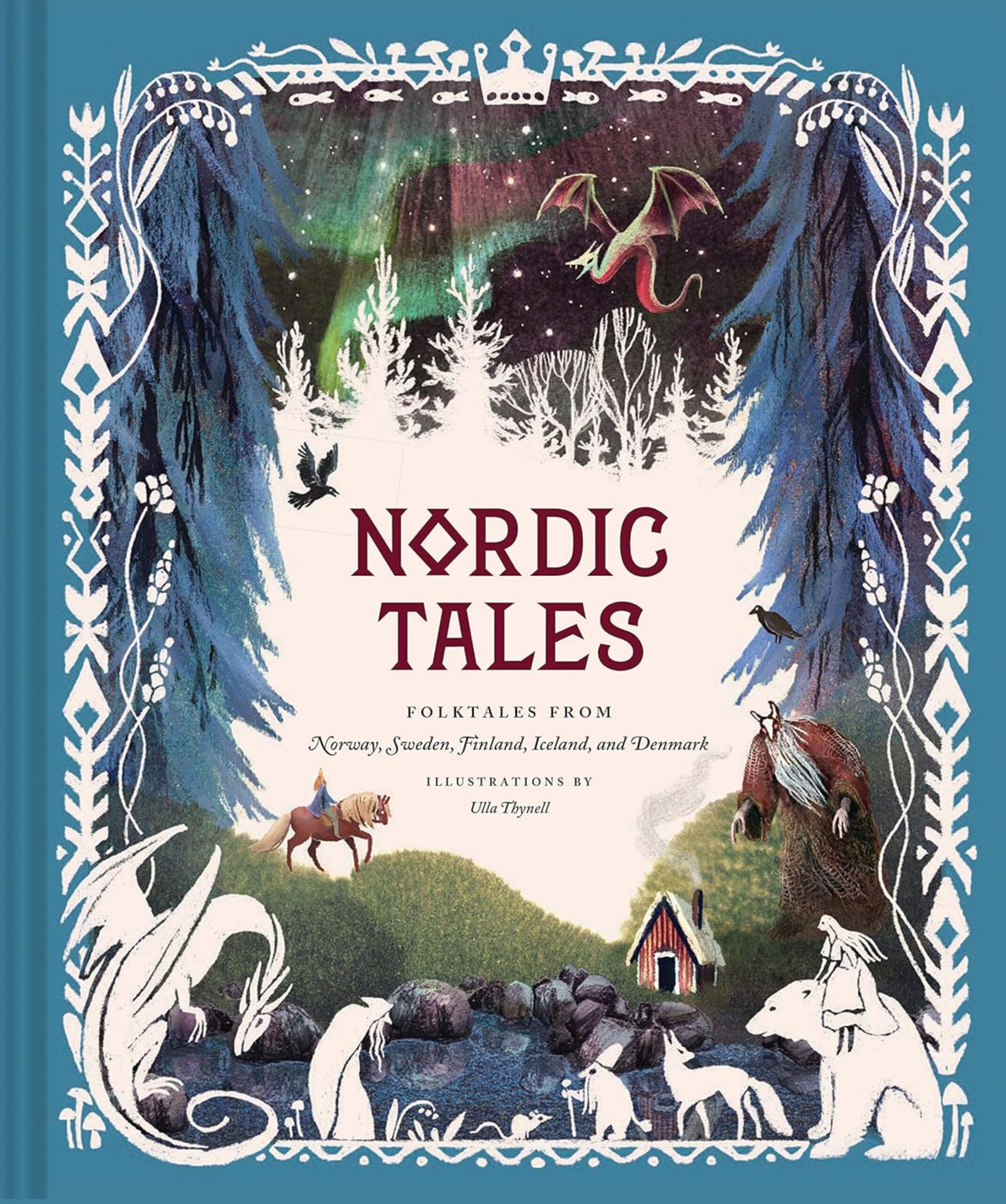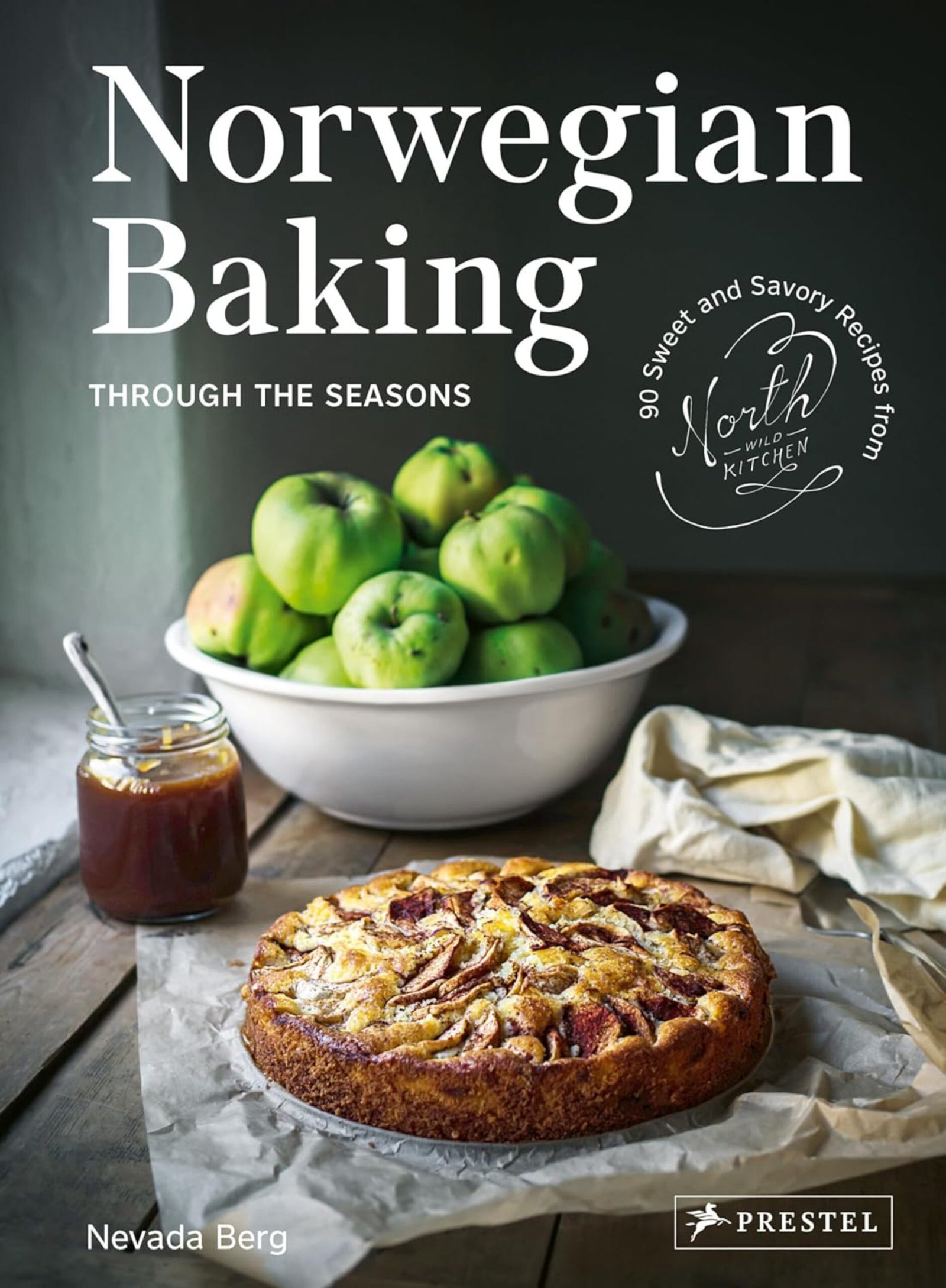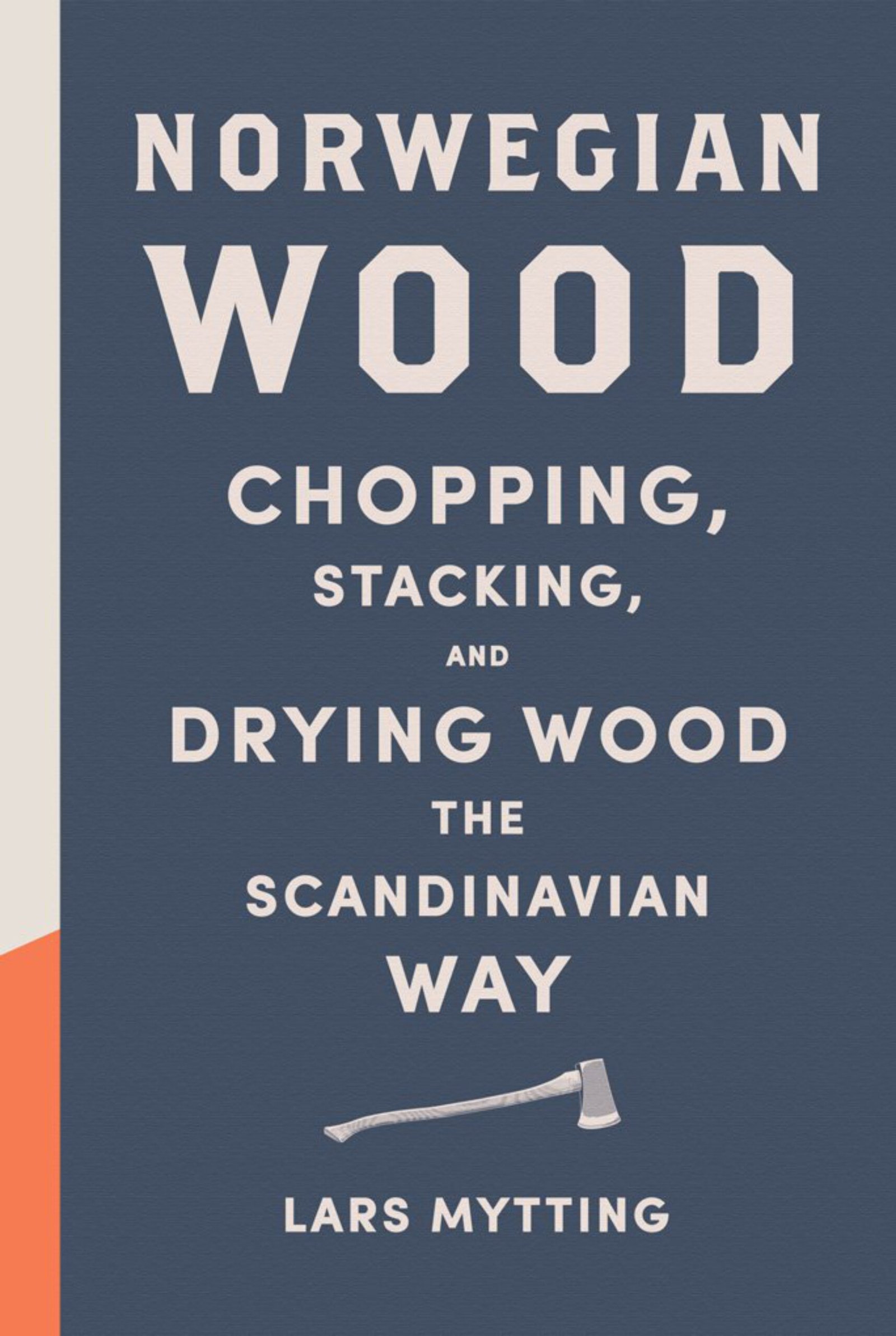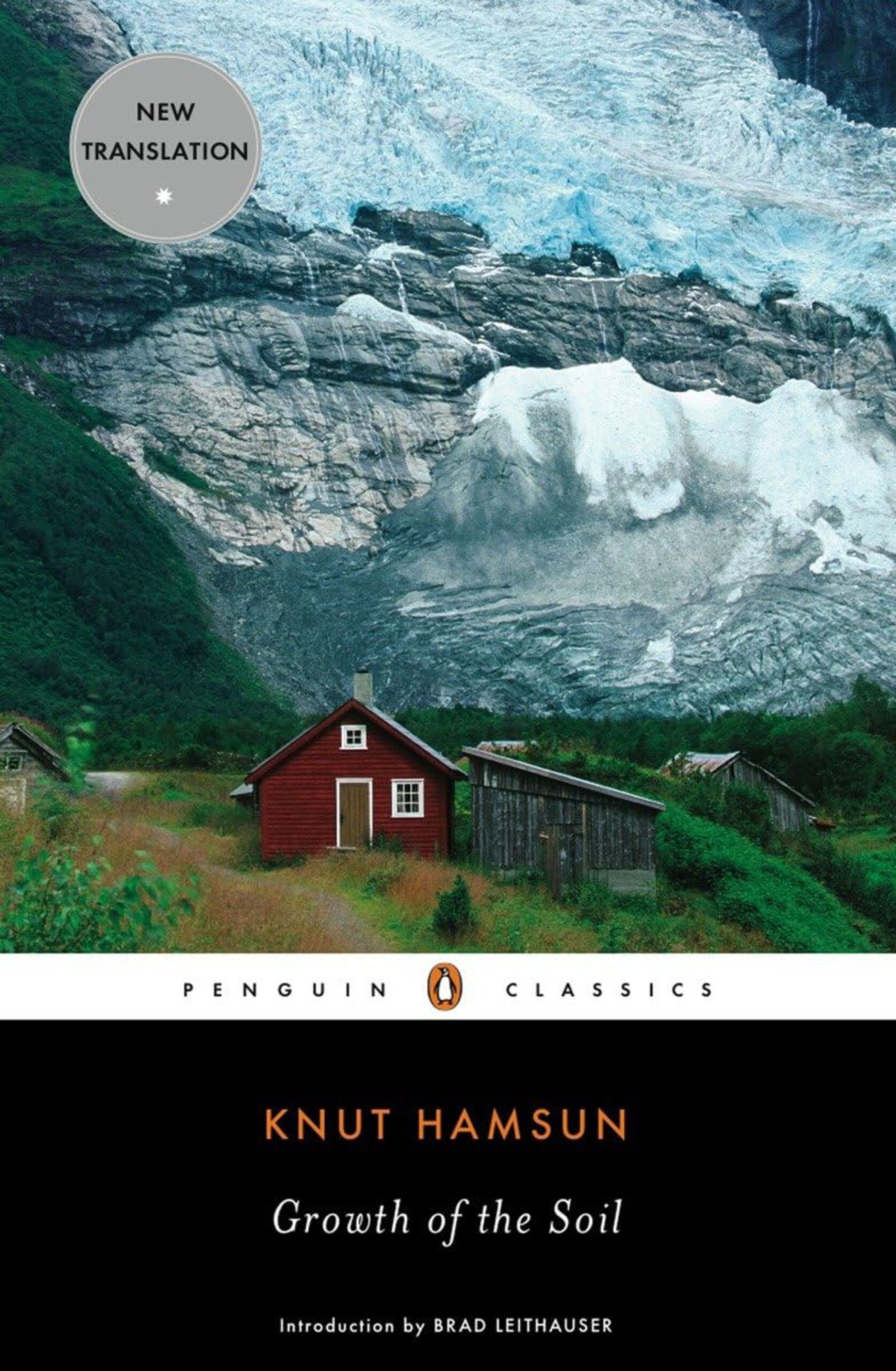The historical backdrop
Between AD 1380 and AD 1814, Norway was de facto under Danish rule; with Denmark’s monarchs ruling Norway from Copenhagen.
In 1814, Denmark was on the losing side of the Napoleonic Wars, and had to hand over mainland Norway to neighbouring Sweden and its King Karl 13.
The Norwegians took advantage of the tumultuous situation – and made a swift attempt to break free from both Denmark and Sweden. On 17 May 1814, they self-declared Norway a sovereign state.
But alas, Sweden moved in with its superior military force and took control. However, King Karl 13 allowed Norway to keep its status as a sovereign state – now in a union with Sweden – with him as the sole monarch.
The French general
Four years earlier, Sweden’s King Karl 13 found himself without a legitimate living heir. The search for a successor began, and the choice fell on the French general Jean Baptiste Bernadotte.
Bernadotte took the name Karl Johan and became the crown prince of Sweden. When Karl 13 died in 1818, the Frenchman became King Karl 14 Johan of Sweden and Norway.
The earlier Danish kings had never bothered to build a proper palace in their Norwegian territories. Karl Johan, on the other hand, now king of most of the Scandinavian peninsula, required an abode fit for a man of his stature when visiting Norway’s capital Christiania (today Oslo).
The king and his entourage would only visit the Oslo palace for a few days every year, but his plans were grand. He chose the Danish-born architect Hans von Linstow to design it for him. According to the tale, Karl Johan chose the location himself: atop the Bellevue hill, right in the middle of today’s Oslo city centre.
Karl Johan forever
Norway was poor, and as the palace planning and building process progressed, the design got smaller and smaller. The architect managed, however, to make the most out of the majestic location.
Karl Johan saw the building getting a roof over its head but died before its completion. It was his son Oscar 1 who declared the palace open in 1849.
In 1905, Norway achieved full independence at last. The Norwegians chose Prince Carl of Denmark as their new head of state. He took the historical Norwegian name King Haakon 7.
A statue of the French general, sitting on top of his horse, still towers in front of the royal palace today, overlooking Oslo’s principal street, which also still carries his name: Karl Johans gate.
EGP.00007





